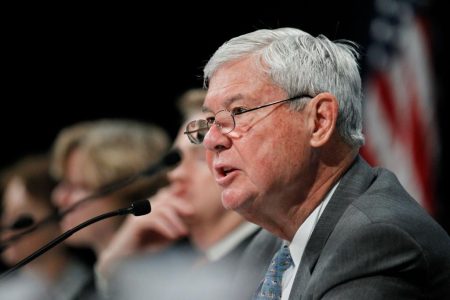The murder trial involving the death of Boston police officer John O’Keefe is set to begin in Norfolk, Massachusetts. Karen Read, a financial analyst and professor, is charged with second-degree murder for allegedly backing her car into O’Keefe during a drunken argument and leaving him to die in the snow. However, Read maintains her innocence, claiming she is being framed by people connected to the suburban party house the night of the incident.
The case has sparked controversy and divided the town, with numerous supporters coming to Read’s defense, including a local blogger known as Turtleboy and retired detectives. A federal investigation is also ongoing, looking into a possible police cover-up in relation to the murder. Despite this, the trial is moving forward, raising concerns about the handling of the case by local authorities and prosecutors.
The events leading up to O’Keefe’s death involve an evening of drinking at a bar before Read dropping him off at a friend’s house party. When she woke up and realized he had not returned home, she, along with friends, found his body on the lawn of the party house. The prosecution claims that Read intentionally hit O’Keefe with her car and left the scene, while Read maintains that she did not harm him in any way.
Supporters of Read believe that O’Keefe was assaulted by someone at the party house and that evidence was planted to frame Read for his murder. They point to inconsistencies in the investigation, including the location and nature of O’Keefe’s injuries, as well as the actions of the local authorities involved in the case. The defense team and private investigators have been working to uncover further evidence to support Read’s innocence.
The case has garnered significant attention, with protests and rallies in support of Read taking place near the courthouse where the trial will be held. Both sides have presented their arguments and evidence, with conflicting narratives emerging about the events of that fateful night. The involvement of federal authorities and the release of documents related to their investigation have added another layer of complexity to the case.
In the midst of the trial, questions remain about the truth behind O’Keefe’s death and the possible motives of those involved. The ongoing federal investigation and the conflicting narratives presented by the prosecution and defense have left many in the community unsure of what to believe. As the trial progresses, the focus will be on uncovering the truth and seeking justice for all parties involved in this tragic and controversial case.















